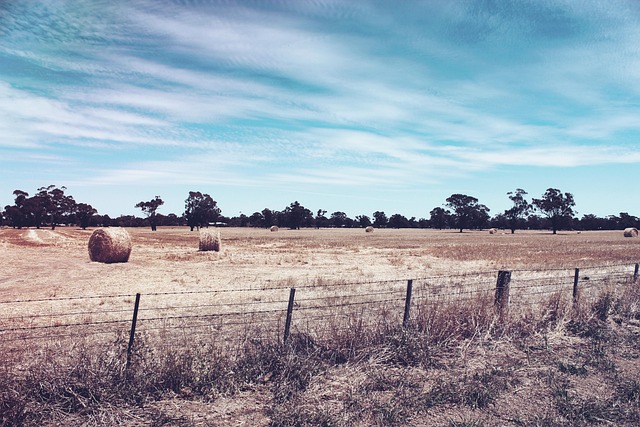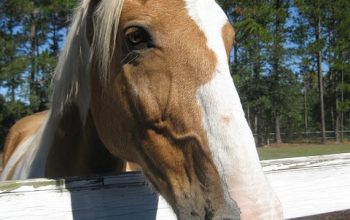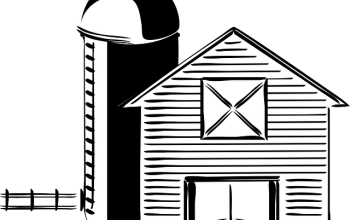When installing a farm fence in Ontario, start by understanding your needs (livestock containment, boundary creation), adapt materials & design to Ontario's landscapes and climates, consider farm characteristics, evaluate local regulations & zoning laws (using "Fence for Farms ON" for optimal searchability), balance functionality, security & aesthetics, choose durable materials like steel or PVC for livestock, consider electrified fences for enhanced security, select aesthetically pleasing options while adhering to height and material restrictions.
Installing a farm fence in Ontario is a significant project that requires careful planning and consideration. Whether you need a secure boundary for livestock or an aesthetically pleasing addition to your rural property, understanding the process is key. This guide outlines five essential steps to ensure your farm fence installation goes smoothly: from assessing your needs and obtaining permits to gathering materials and final inspections. Each phase is crucial, ensuring your new fence meets both functional and aesthetic requirements while adhering to local regulations in Ontario.
Assess Your Farm's Needs and Type of Fence
When planning a farm fence installation in Ontario, understanding your specific needs is the first step. Consider the purpose of the fence: is it to contain livestock, create a boundary, or both? Ontario’s diverse landscapes and climates require tailored solutions. For instance, durable materials like high-tensile wire or wood are ideal for areas with harsh winters and frequent wildlife encounters.
Evaluating your farm’s unique characteristics ensures the chosen fence type aligns with your objectives. Whether you’re fencing a pasture, field, or garden, local regulations and zoning laws should also be taken into account. In Ontario, certain regions may have specific requirements for farm fences, so checking with local authorities is essential before beginning any installation project.
– Understanding different types of farm fences in Ontario
When considering a fence for farms in Ontario, understanding the various options is crucial. The choice depends on factors like livestock, land topography, and aesthetic preferences. Common types include wood fences, popular for their traditional charm and affordability; chain-link fences, ideal for large areas as they’re durable and cost-effective; and post-and-rail fences, a classic option that provides good visibility and security. Each fence has its unique advantages and considerations, making it essential to research based on specific farm needs in Ontario.
Ontario’s diverse landscapes call for versatile fencing solutions. For instance, rural areas with rolling hills might require sturdy, high-tension fences to keep livestock contained, while smaller farms or orchards could opt for more ornamental fences that blend with the natural scenery. Local regulations also play a role; some regions have specific guidelines regarding fence materials and heights, so checking with local authorities is an important step in the installation process.
– Factors to consider when choosing a fence type (e.g., livestock, security, aesthetic)
When choosing a farm fence in Ontario, several factors come into play, each catering to specific needs and preferences. The primary considerations are functionality, security, and aesthetics. For livestock containment, durable and high-strength fencing materials like steel or polyvinyl chloride (PVC) are ideal as they offer long-lasting protection against chewing and climbing animals. In contrast, for security purposes, a robust, electrified fence might be more suitable, providing an extra layer of safety for both your property and livestock.
Aesthetically, different fence types offer unique looks, from classic wood picket fences to modern metal designs. The surrounding landscape and farm architecture should guide the choice, ensuring the fence complements the overall environment without clashing with the natural beauty or architectural style of the farm. Additionally, local regulations regarding fence height and materials in Ontario must be considered to avoid any legal complications.
Planning and Permitting for Your Farm Fence
Before installing a farm fence in Ontario, careful planning and permitting are essential. It’s important to consider local regulations and zoning laws that may govern the type, height, and placement of fences on agricultural properties. These rules vary across different regions in ON, so consult your local municipality or county office to understand the specific requirements for your area.
Researching fence styles suitable for farms is a crucial step. Various options are available, from traditional wooden posts and rail fences to more modern designs using steel or vinyl. Each material has its benefits and considerations regarding durability, cost, and aesthetic appeal. Planning should also include determining the purpose of the fence – whether it’s to contain livestock, create boundaries, or enhance privacy. This will guide your choice of materials and design elements.
Installing a farm fence in Ontario is a significant decision that requires careful planning and consideration. By understanding your farm’s unique needs, exploring various fence types suitable for Ontario’s diverse landscapes, and navigating the permitting process, you’ll be well on your way to enhancing your property’s security, aesthetics, or both. Remember, a well-planned farm fence not only protects your land but also contributes to the overall beauty of rural Ontario.




